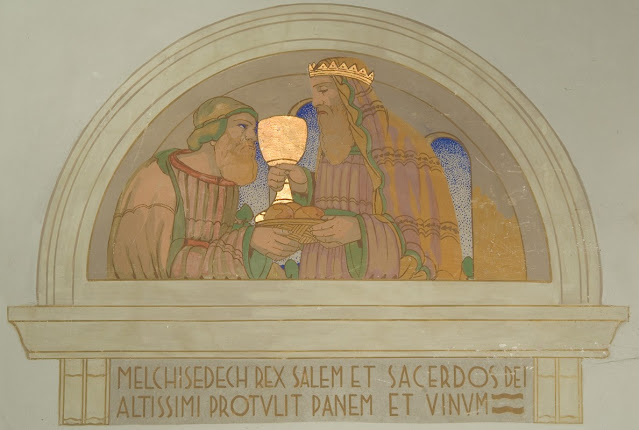Carlo Donati's work certainly falls into this genre, containing elements of both Art Nouveau (considered by many to be the first 'modern' style, active between the 1890's until around 1915) and, arguably, Art Deco (itself active from around 1910 until the 1940's.). In short, the two styles overlap so it likely should come as little surprise we might see their respective influences overlap as well. The difference between the two can be summed up as follows: Art Nouveau contains much more in the way of organic, curvilinear forms (to put it into more popular terms, think of the settings that were created for the elves in Peter Jackson's Lord of the Rings films) while Art Deco tends more toward angular lines and the recognizable influence of the machine age. Overall, I would suggest Donati's work is more strongly characterized by Art Nouveau than it is by Art Deco, but one can certainly find elements of the latter in his work.
At any rate, our purpose today is not to dive into any one specific project but rather the just give you a general sense of his style and some of the different projects he worked on. Enjoy.
 |
| 1911-1913 |
 |
| 1911-1913 |
 |
| 1911-1913 - Ss. Peter and Paul |
 |
| 1932 |
 |
| 1924 - St. Charles Borromeo |
 |
| 1924 - St. Cecilia |
 |
| 1930 - St. Joseph |
 |
| 1911-1913 - Stations of the Cross |
 |
| 1924-25 - Stations of the Cross |
 |
| 1938 |
 |
| 1923 |
 |
| 1941 |
-------


















